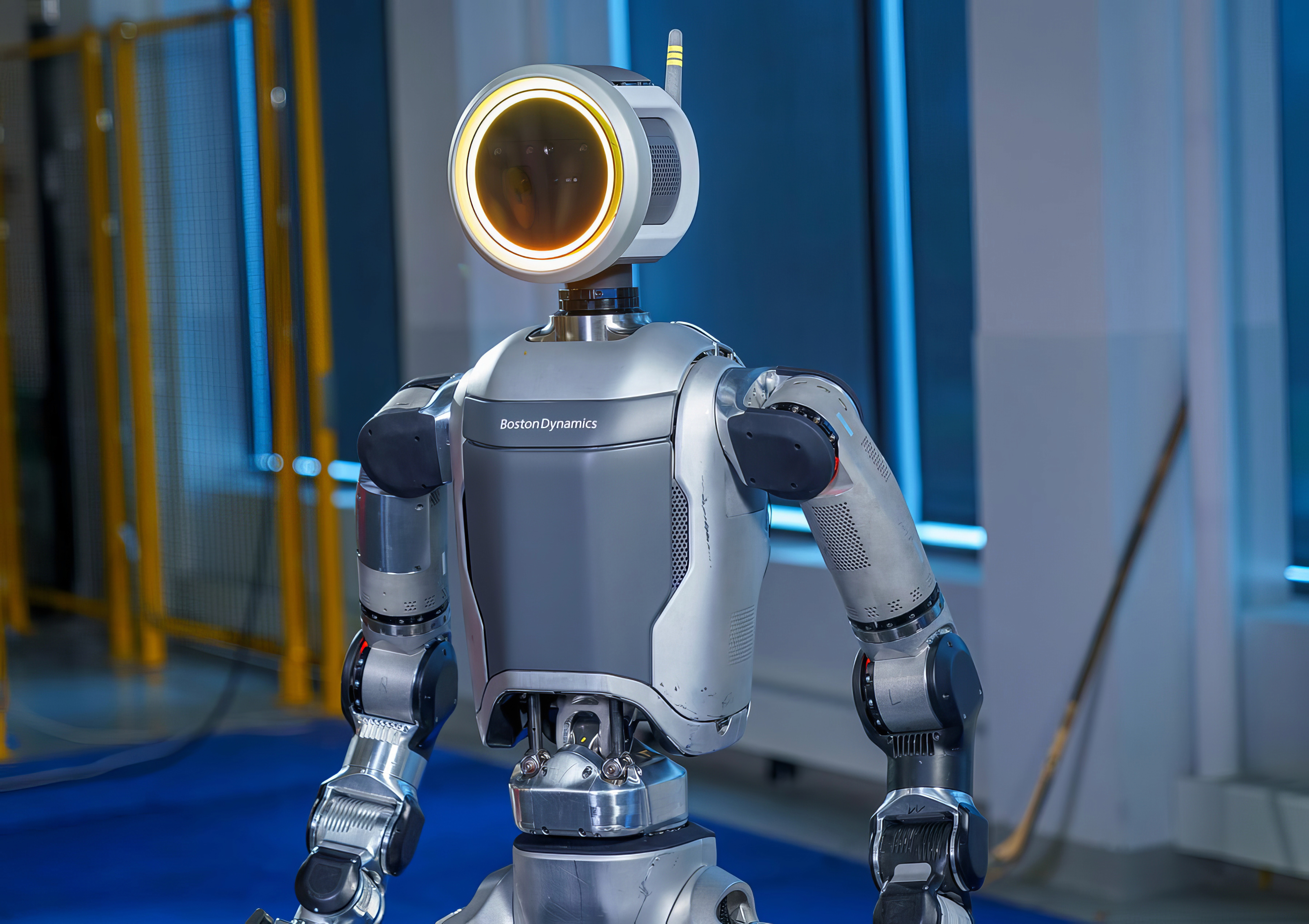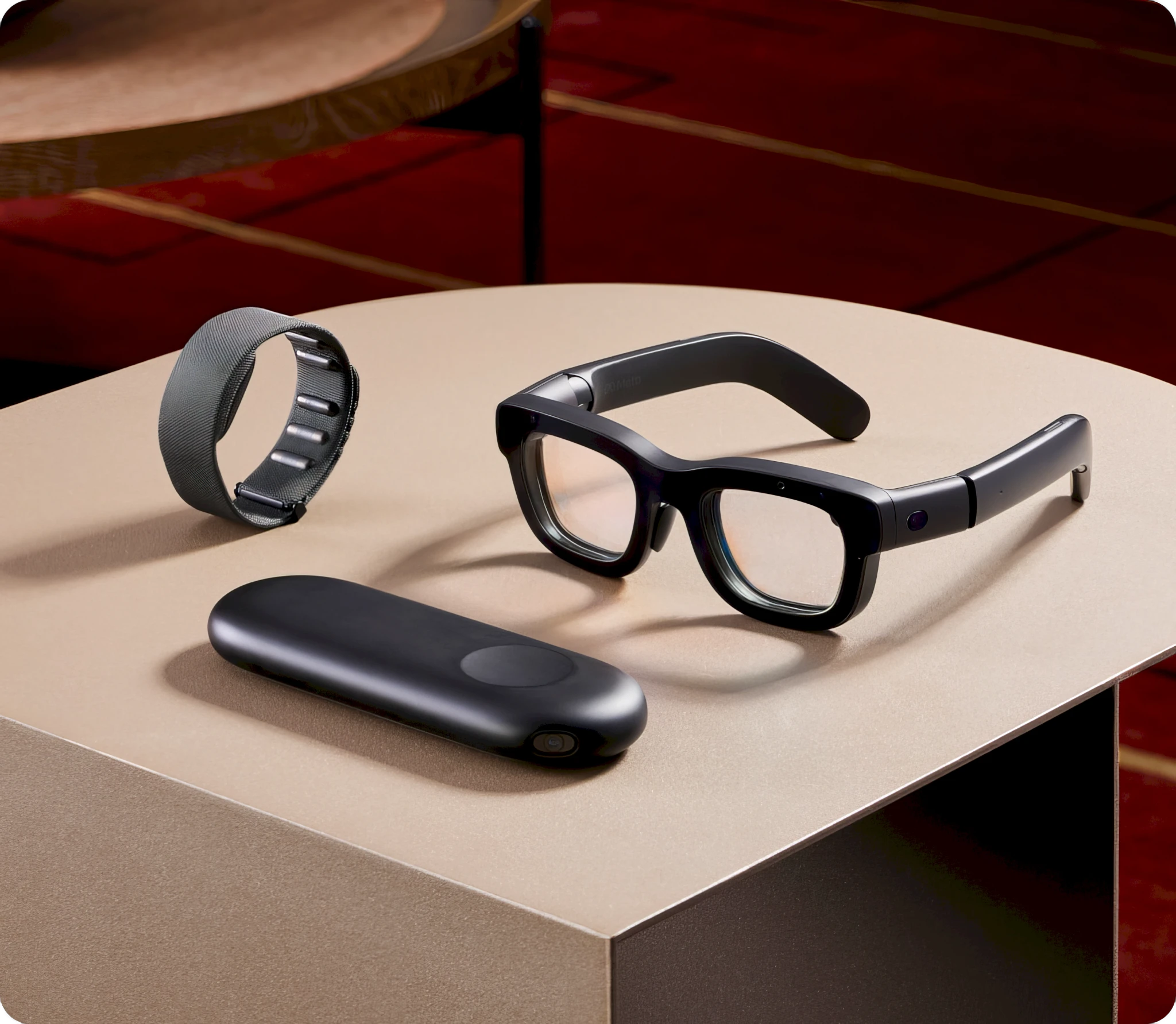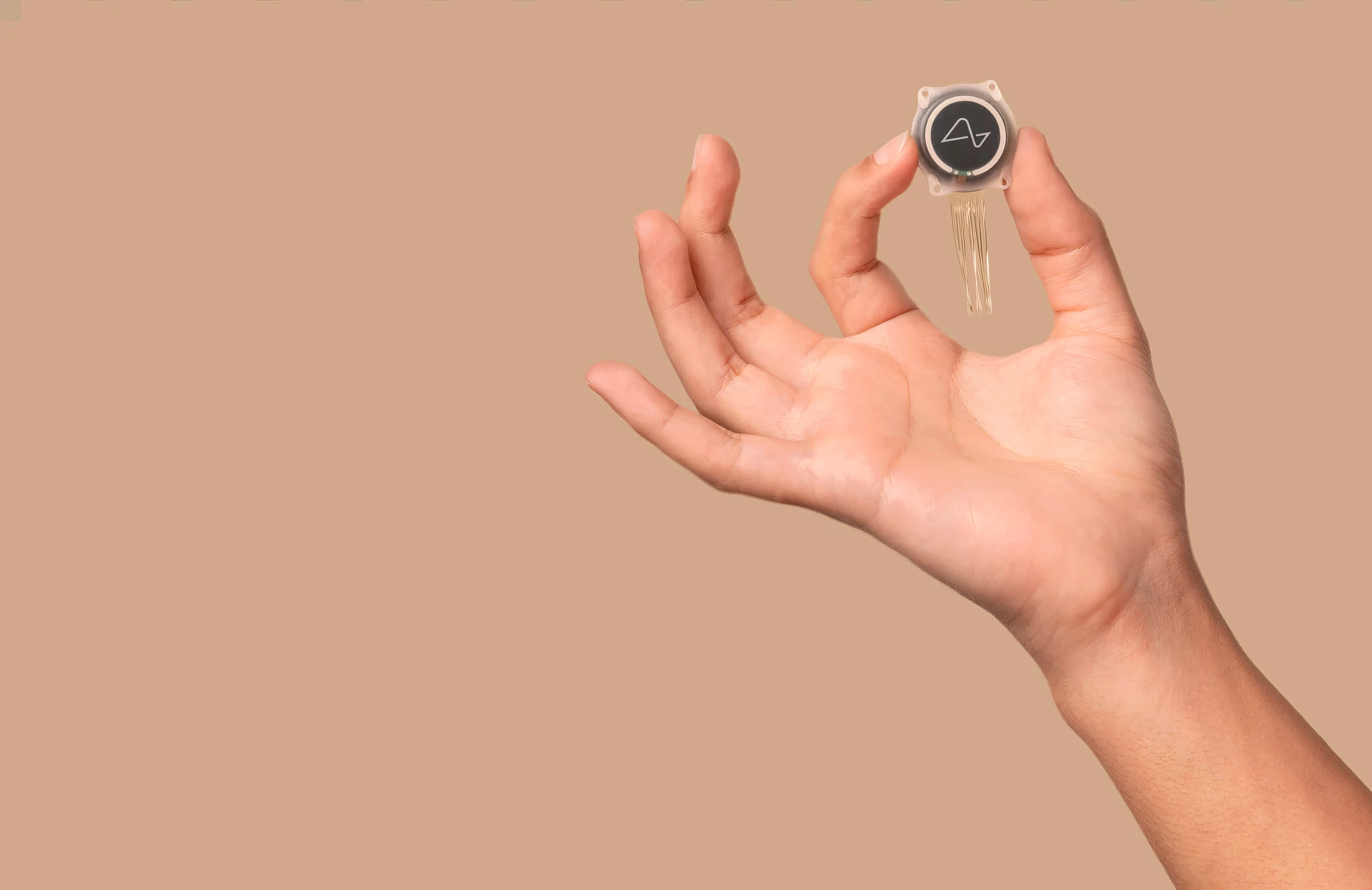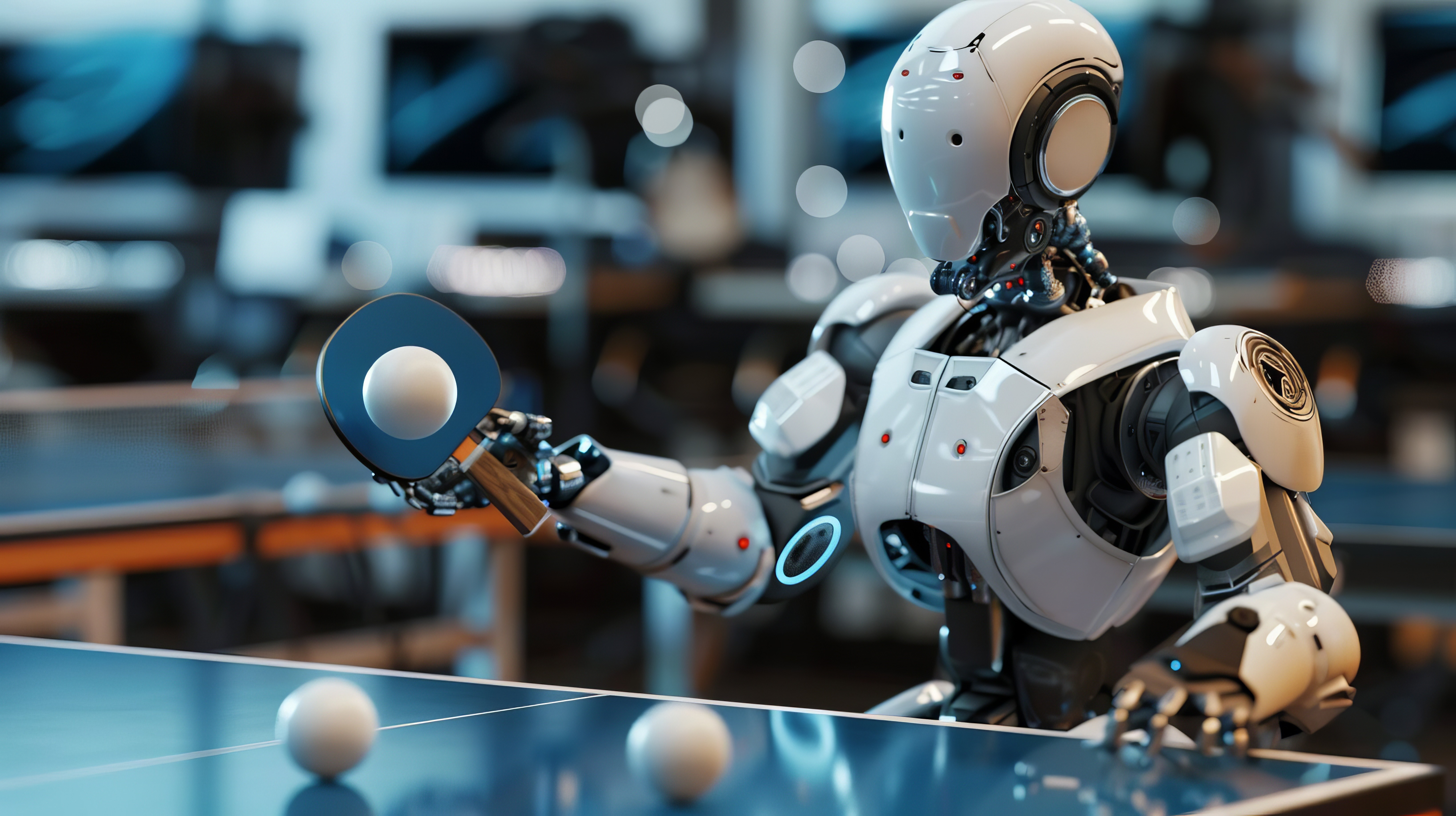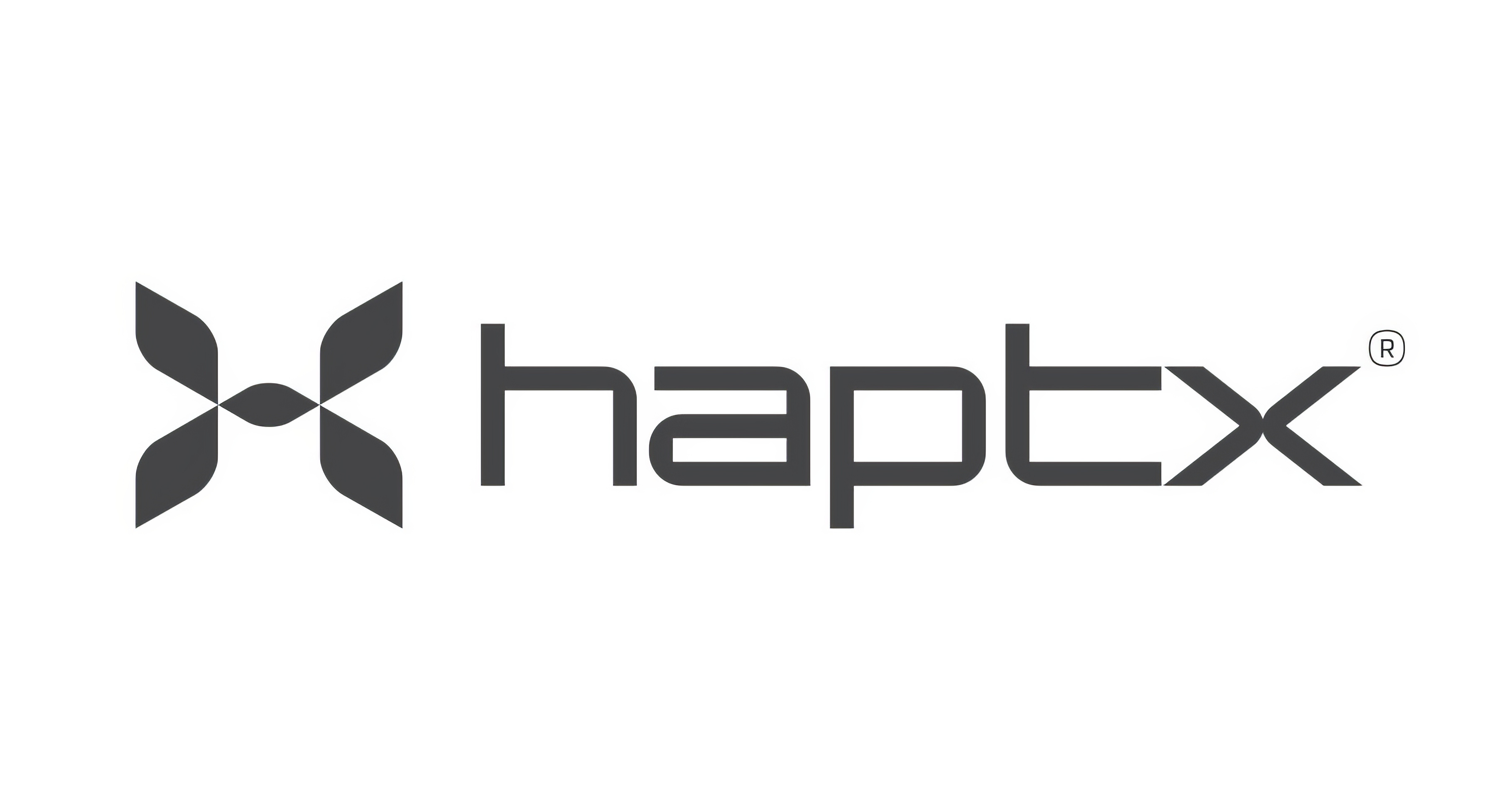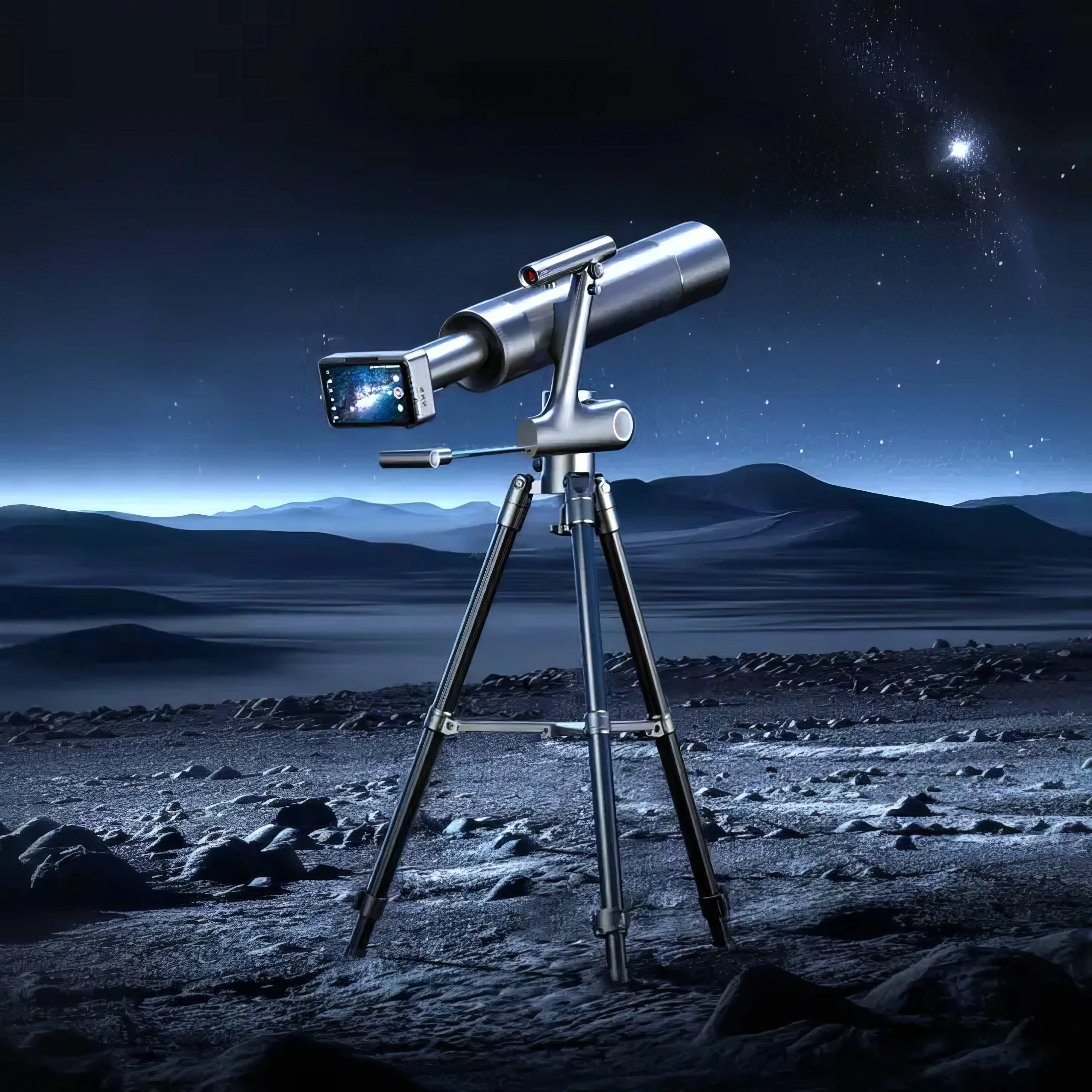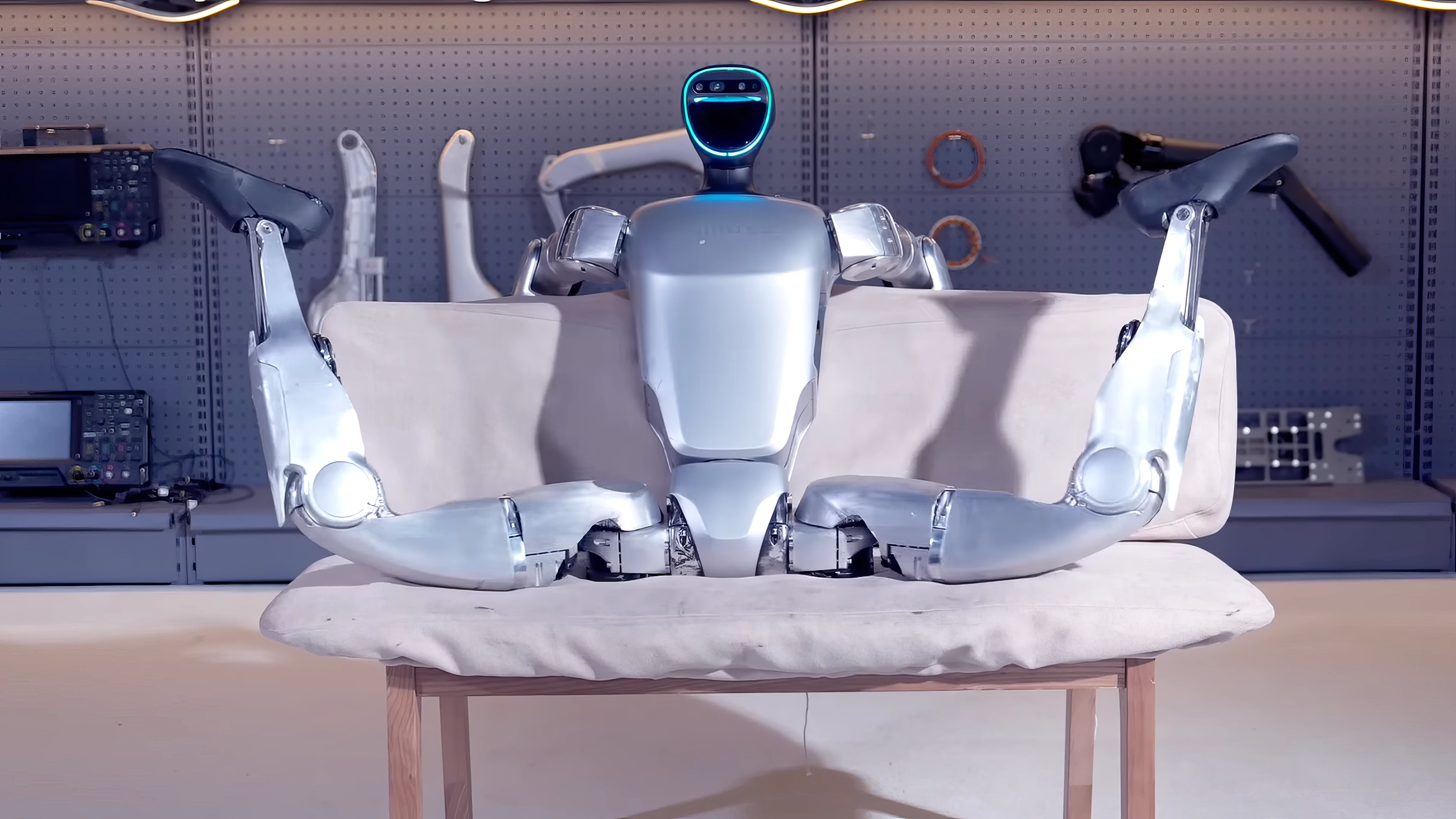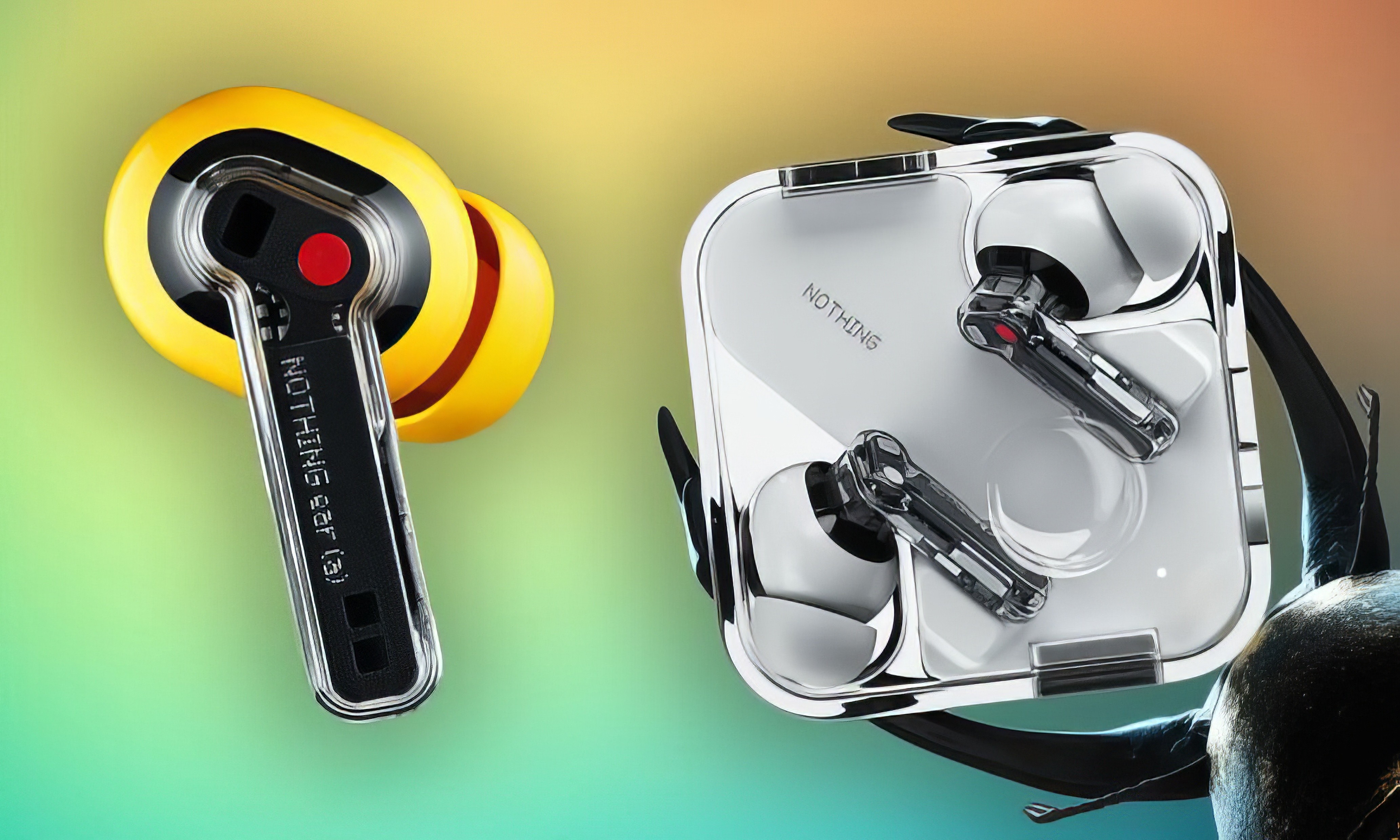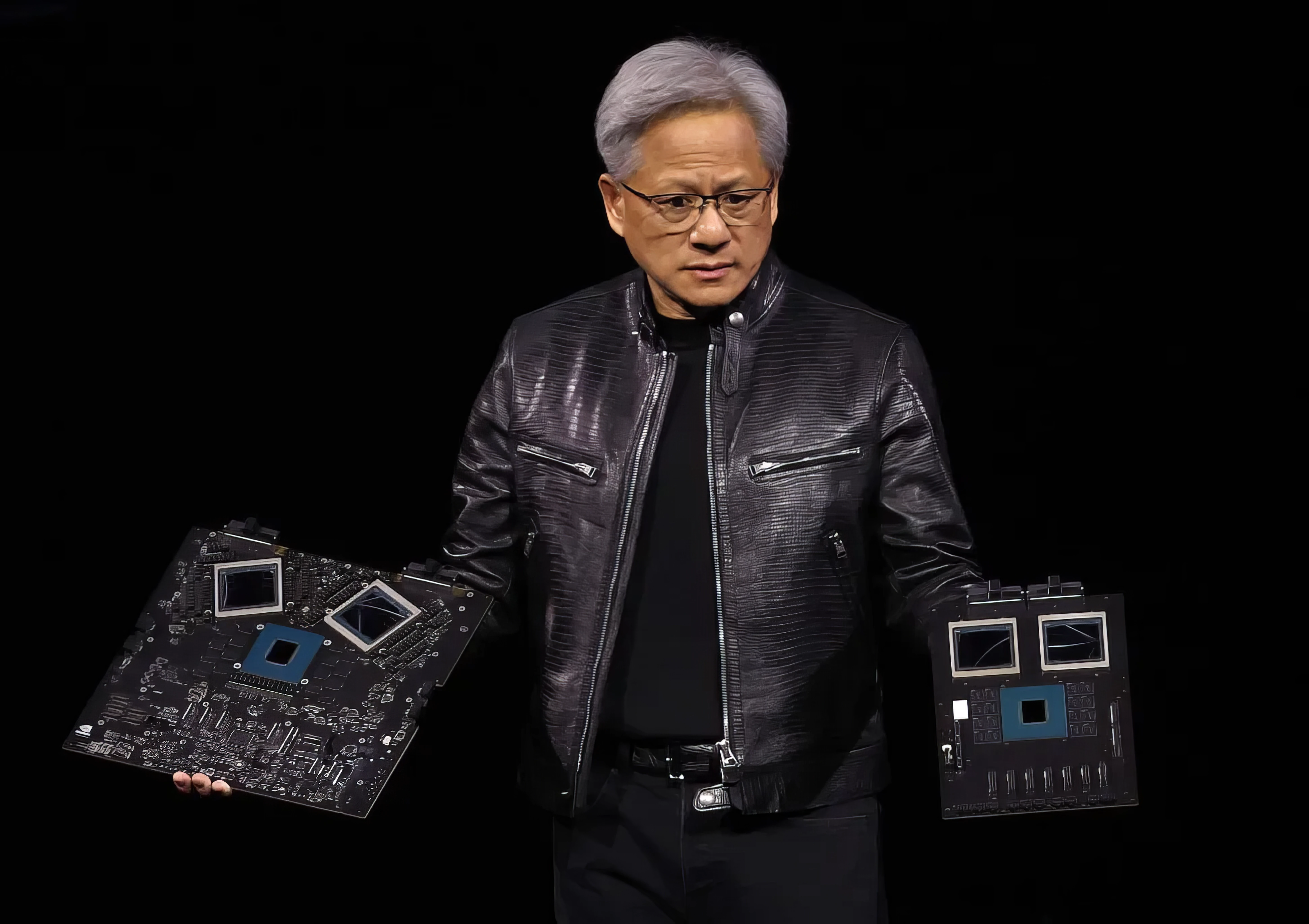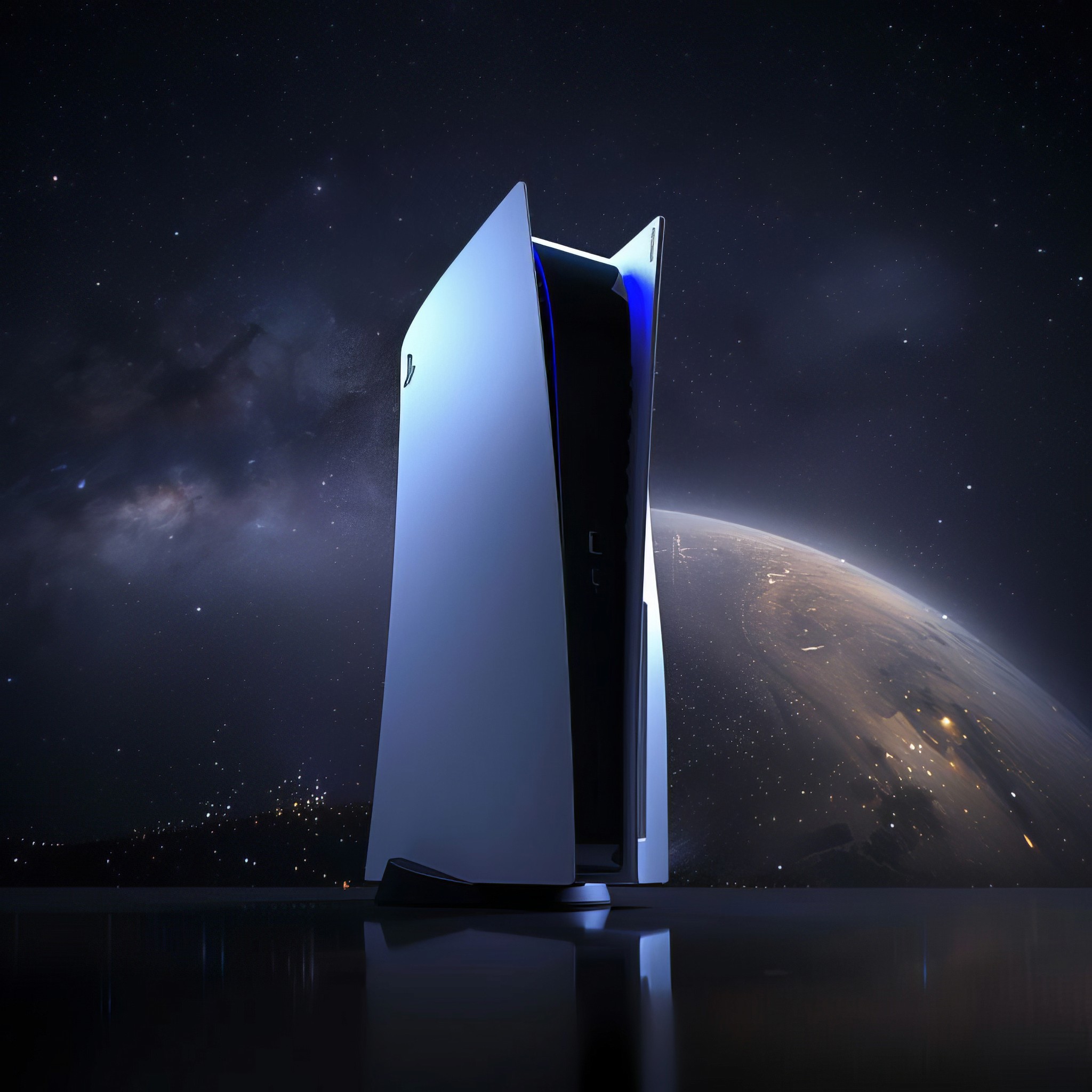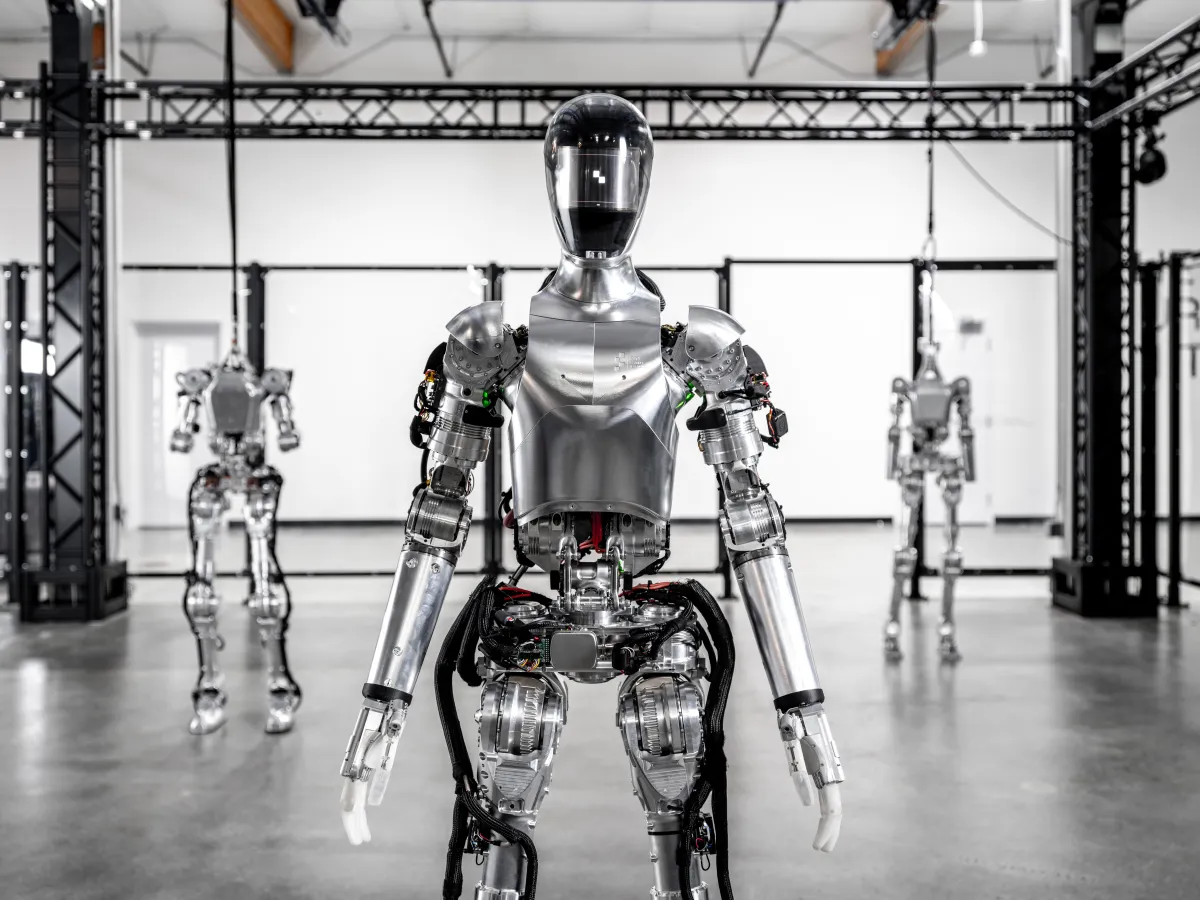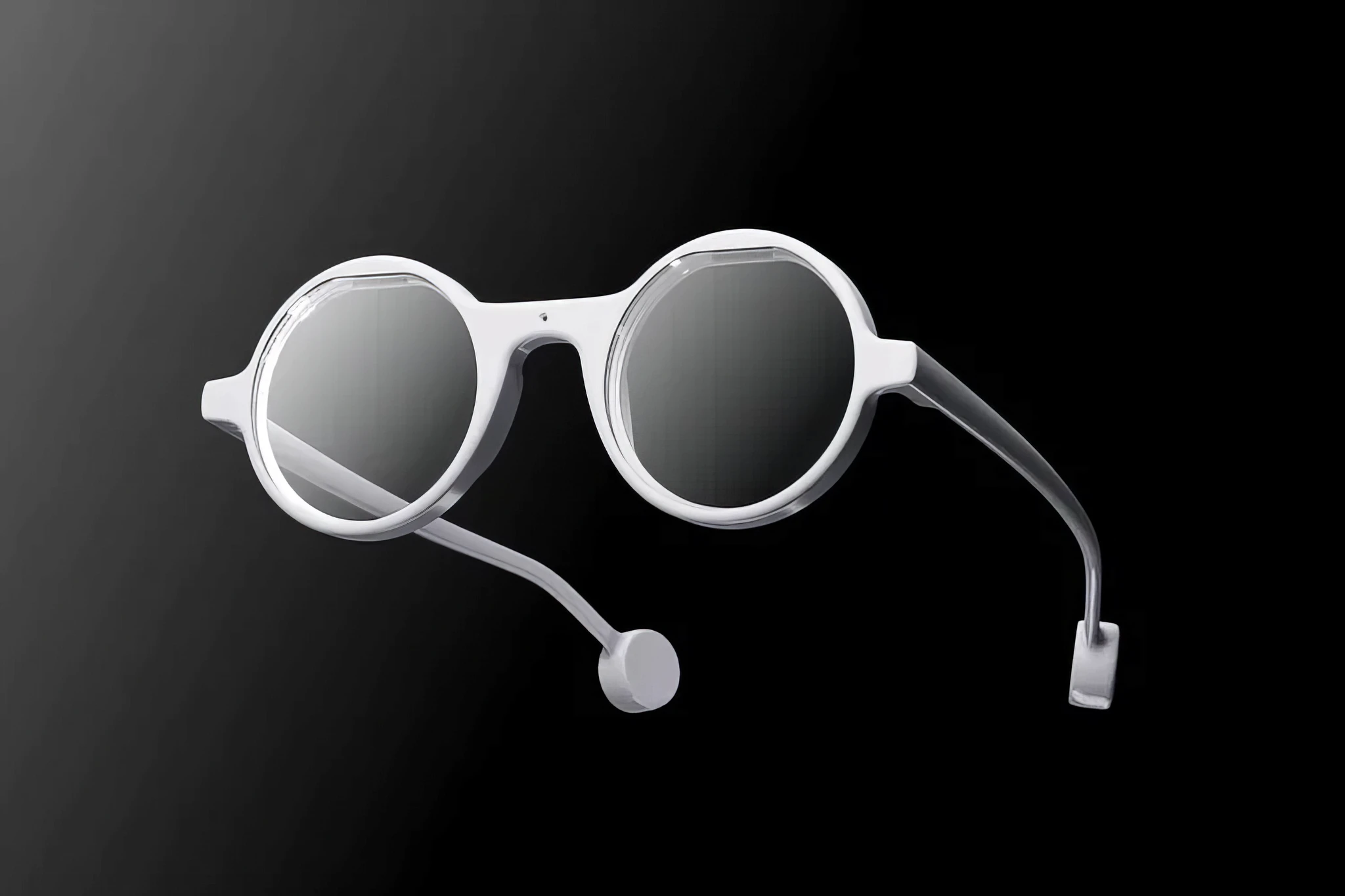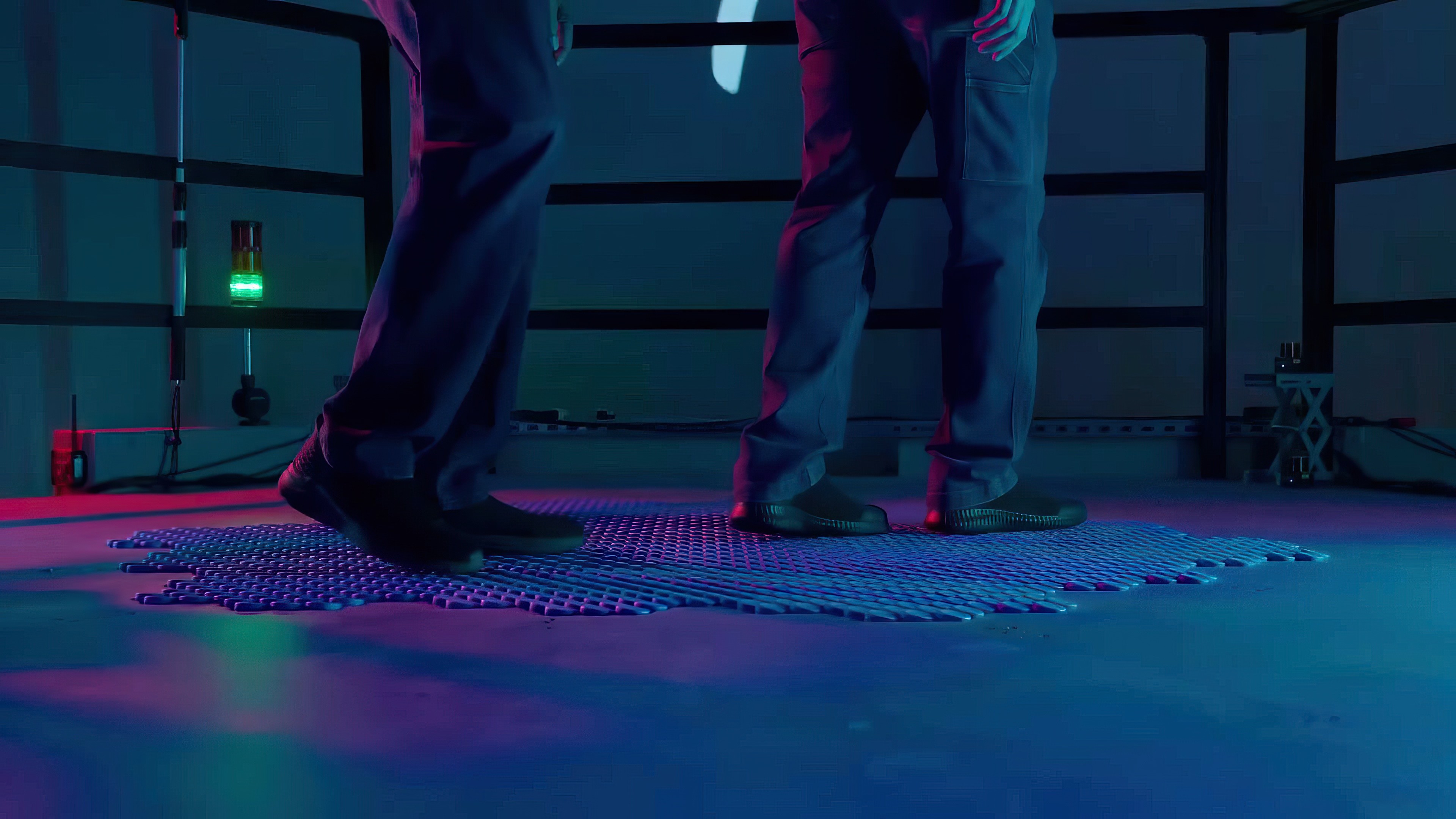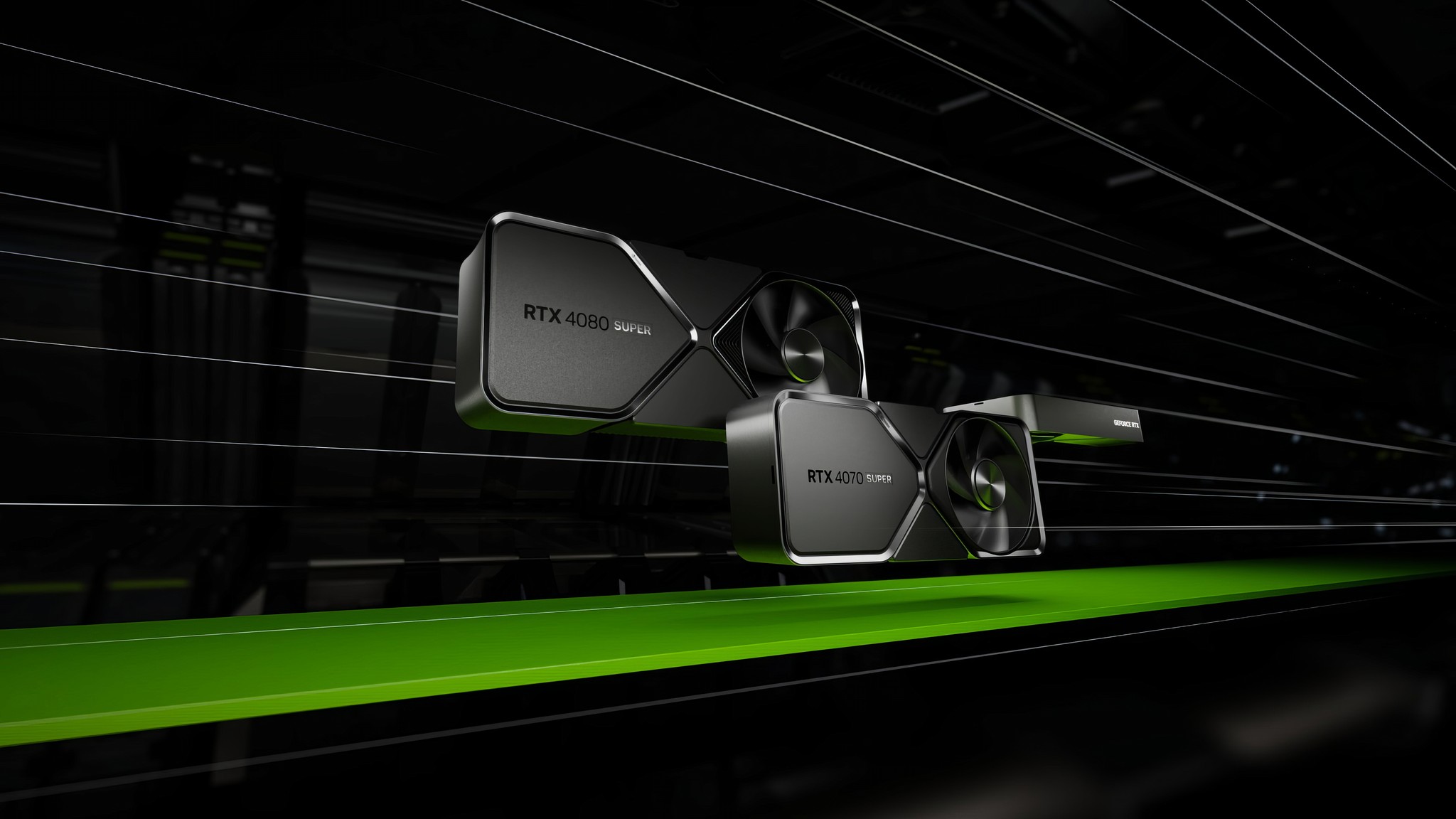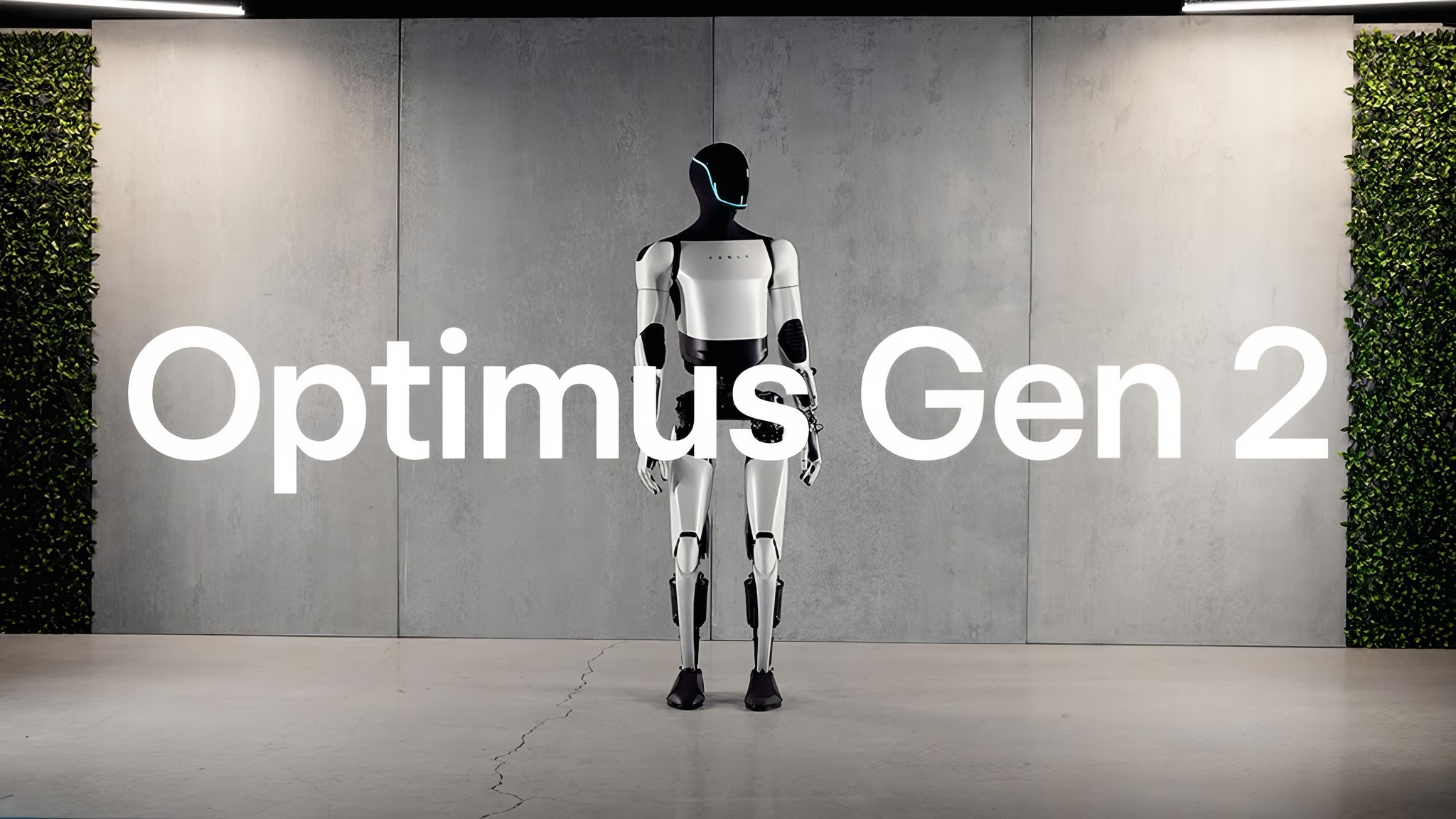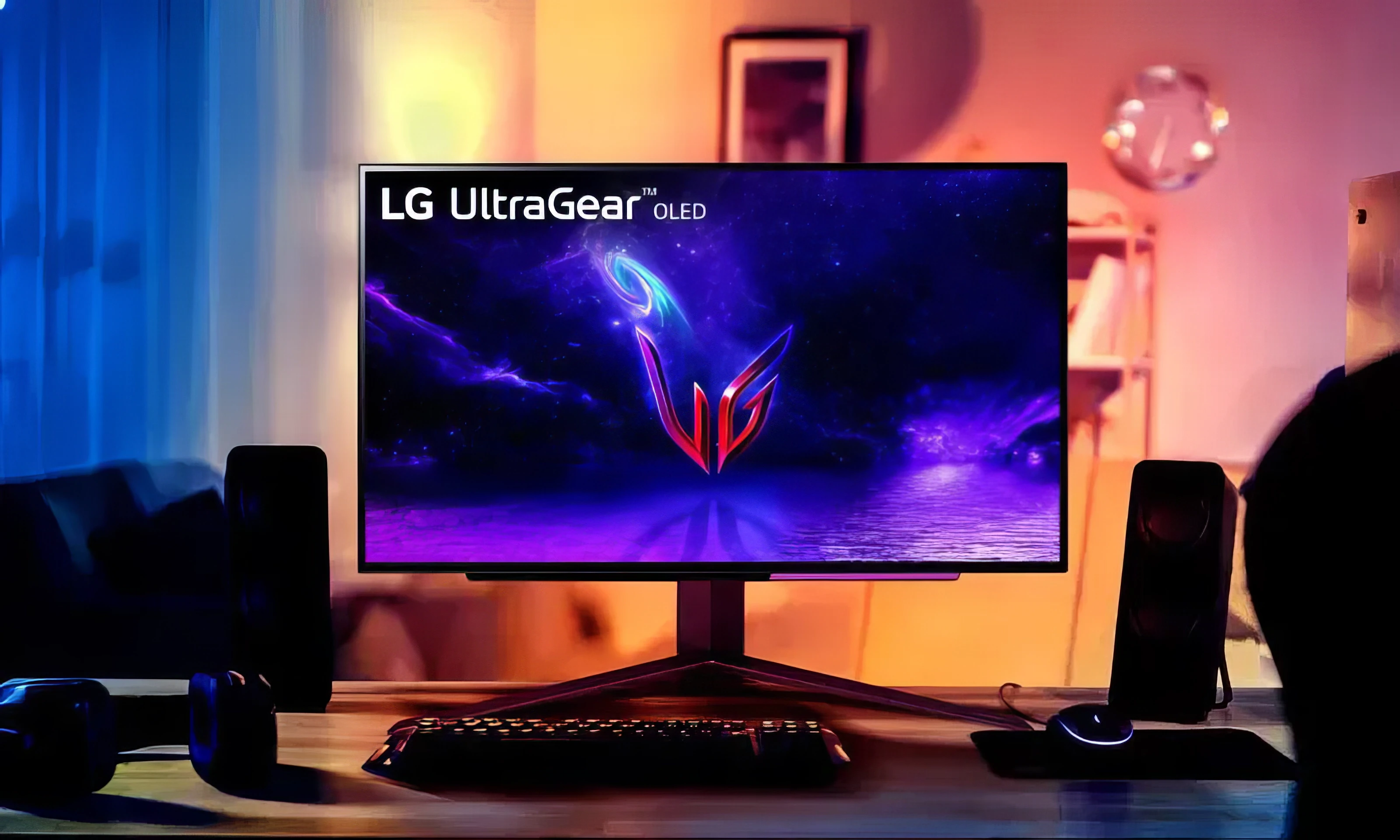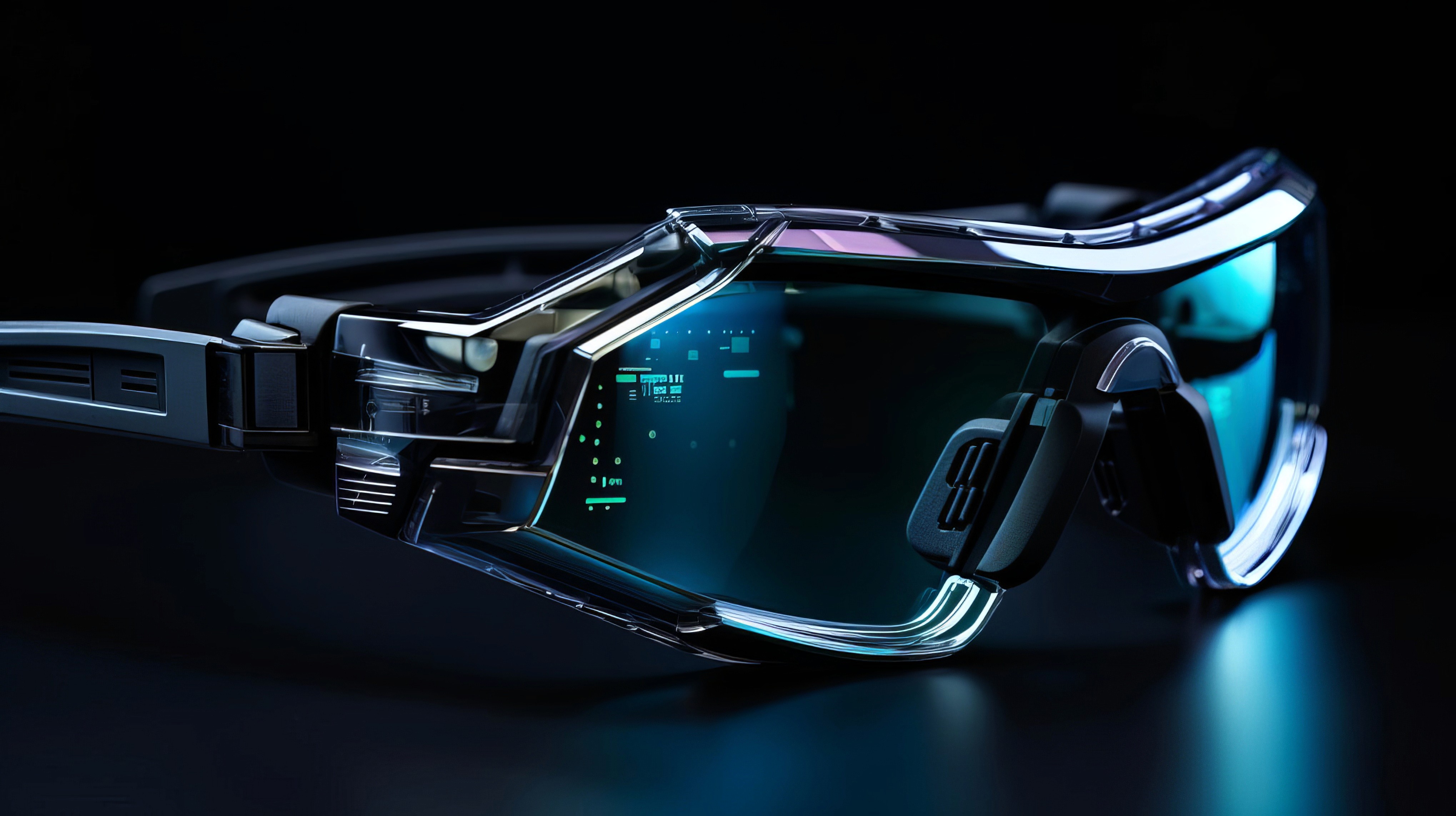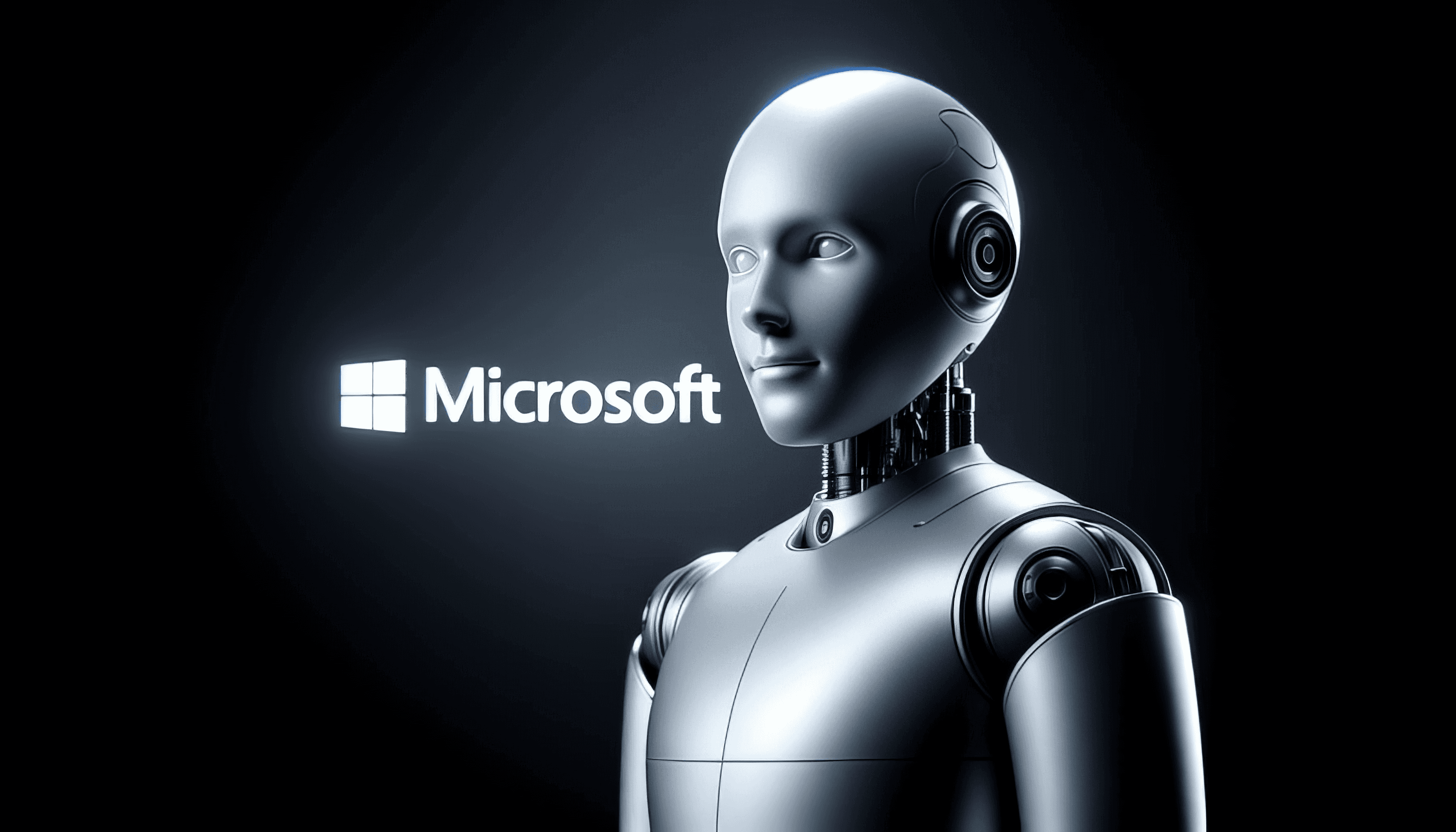[BY]
Dmytro Kremeznyi
[Category]
Tech
[DATE]
Apr 17, 2024
Boston Dynamics introduces a new, all-electric Atlas robot, designed to perform complex tasks more efficiently and safely in industrial settings.
Boston Dynamics has recently unveiled its latest innovation: a new all-electric version of its Atlas robot. This announcement comes just a day after the company declared the retirement of its previous hydraulic-powered Atlas model, signaling a significant shift towards more advanced and flexible robotic designs.
The next-generation Atlas is designed with a groundbreaking array of swiveling joints, enhancing its capability to perform a variety of tasks that are typically considered dull, dirty, or dangerous for humans. This redesign aims to demonstrate that maintaining a humanoid form does not limit the potential movements of a bipedal robot. Boston Dynamics emphasizes that this new model is "uniquely capable" of exceeding the traditional limitations faced by earlier models.
In a move to boost the robot's strength, dexterity, and agility, Boston Dynamics has equipped the new Atlas with advanced electric mechanisms. The company's press release highlights that although Atlas maintains a human-like appearance, it is engineered to move in the most efficient manner possible. "Atlas will move in ways that exceed human capabilities," the company stated, underscoring the robot's enhanced functional range beyond typical human motion.
The unveiling included a teaser video that showcased the robot's capabilities, which was both theatrical and slightly unnerving. The video depicted the robot in a dramatic pose, lying on the floor before contorting and rising to a stand, reminiscent of scenes from a Cronenberg film. However, its design, featuring a curved, illuminated "head," also carries a certain charm akin to Pixar's animated lamp, adding a lighter touch to its otherwise formidable presence.
Further enhancing its human-like features, the new Atlas sports longer limbs and a straighter back, and includes a swiveling "head" with an integrated ring light, but without any visible cables. This iteration of Atlas also incorporates advanced AI and machine learning tools, which are a significant step up from its predecessor.
Boston Dynamics also highlighted that the new Atlas will continue to build on the capabilities developed with the hydraulic model, such as object manipulation. The robot is currently being tested with new gripper variations to adapt it for diverse industrial applications.
Boston Dynamics is starting to test the new Atlas robot with a few select customers, and Hyundai is first on the list. This partnership will explore how the robot can improve safety and efficiency in Hyundai’s manufacturing. Other companies like Figure and Apptronik are also testing their robots in industries, working with big names like BMW and Mercedes.
As Boston Dynamics pushes the boundaries of what humanoid robots can achieve, the new Atlas stands as a testament to the future possibilities of robotics in enhancing efficiency and safety in various industries.
In conclusion, Boston Dynamics is innovating with its latest Atlas robot, aiming to make industries more efficient and safer. This new version of Atlas shows what the future of work with robots might look like.
Content
